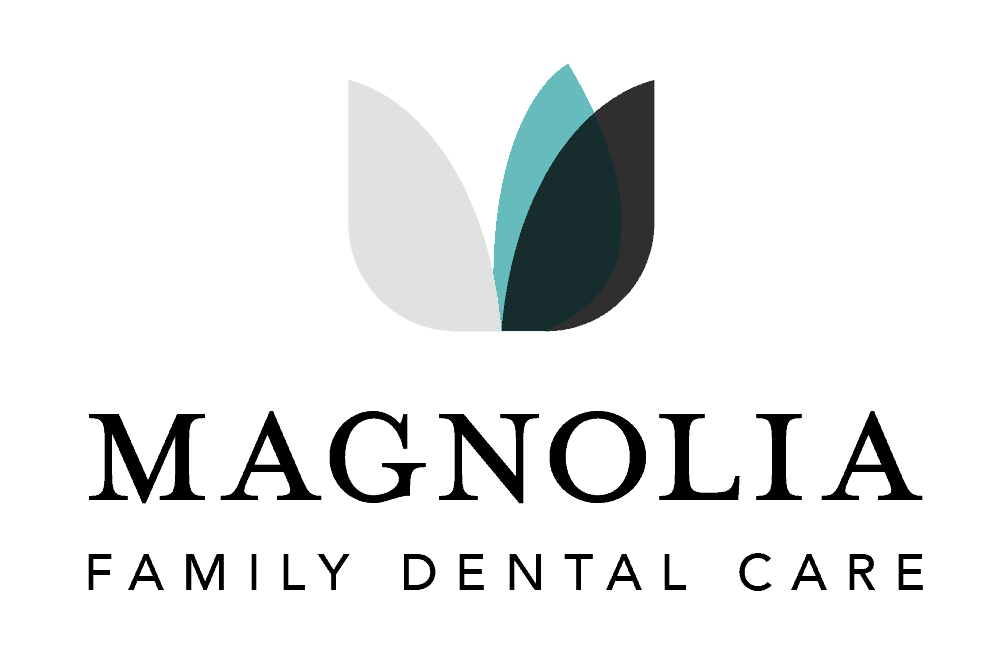
South Tulsa Tooth Extractions
What Are Tooth Extractions?
Tooth extractions are a very normal outpatient procedure that is performed to remove a patient’s teeth completely from its original placement in the jaw bone. This procedure is done to improve a patient’s dental health and also to preserve it.
Preparing to receive braces, removing wisdom teeth, or responding to decay and damage are just a few of the reasons a patient might opt for having some of their teeth extracted.

What Are The Benefits Of Tooth Extractions?
Some of the benefits of tooth extractions are that:
Tooth Extractions Bring Ease & Comfort
For a patient that is dealing with an infected tooth, severe pain and discomfort are often normal side effects. Speaking and eating can become extremely difficult if a tooth has been shattered or damaged.
When a tooth is removed through an extraction procedure, that pain and discomfort are being removed along with it. Your quality of life can be restored because you’ve gone to the root of the problem.
Tooth Extractions Provide An Alternate Solution
If a patient comes in and has had a failed root canal treatment, or has a tooth that is badly damaged or infected, it’s easy for them to think that they don’t have many options left to explore.
Thankfully, tooth extractions provide an extra option that can prove successful even when other restorative solutions haven’t gotten the job done. Patients that were once feeling hopeless can have their natural smile restored thanks to a brand new and beautiful dental prosthetic.
Tooth Extractions Protect Neighboring Teeth
When a patient has an infected tooth, it isn’t just that tooth alone that is at risk. If infections are ignored or not taken care of properly, the infection will worsen over time and continue to progress.
This leaves the patient dealing with an infection spread throughout their entire mouth instead of just dealing with one tooth. When a patient gets the infected tooth extracted, the surrounding healthy tissue is protected, keeping the rest of your smile safe.
What Is The Procedure For A Tooth Extraction?
In preparation for a tooth extraction procedure, your dentist will try and gather information on your full dental and medical history along with a list of all medications you are currently taking.
Any medications you are allergic to, supplements, vitamins or any over-the-counter drums will all have to be accounted for as well. After this information has been gathered, an x-ray is generally taken to determine the best course of action for removing the tooth that is being focused on.
At the time of the procedure, the oral surgeon will use a local anesthetic to numb the area around your tooth with the goal being to numb the tooth, gums, and jawbone.
Once the area has been properly numbed, the extraction will begin. It is normal for the patient to feel quite a lot of pressure surrounding the tooth during the procedure. This is because the tooth that is being removed is usually moved back and forth firmly so that it is loosened. This prepares the tooth to be removed with much more ease.
If a tooth hasn’t broken through the gum line, a surgical extraction is usually required to remove the tooth properly. This is done by a small incision into your gum so that the affected tooth can be accessed.
After the tooth has been removed, the oral surgeon may need to stitch up the incision so that the gum can heal back to its original state. The patient is then asked to bite down on a piece of gauze for 20-30 minutes so that a blood clot is formed where the extraction took place.
Bleeding for 24 hours after the extraction is a very common side effect, and the surgeon will walk you through detailed instructions about how to manage the pain during the recovery process.
How Long Does It Take For A Tooth Extraction To Heal?
How long it takes to heal from a tooth extraction will be different for each patient, but there are most certainly steps that can be taken to make sure that the healing process is as fast and smooth as possible.
After a tooth extraction procedure, the socket that is left behind in the gum will go through a few different healing stages. In the beginning, the gum will become inflamed and a blood clot will form.
This will cause granulation tissue to form over the wound, and new tissue will replace the clot around a week after the tooth extraction has taken place.
Following the first stage, the wound will enter the proliferative phase which is the part of the process when the wound starts to close up.
The last and final stage is the maturation stage when the cells around the wound create new bony networks and structures along with collagen which is a connective tissue that will populate the area that’s healing.
It is normal to continue feeling discomfort for three or four days following the procedure, but after the fifth day, you can expect to return to a normal diet. For the swelling to be fully reduced and back to normal, dental professionals say that patients will have to wait for one to two weeks, which is around the time a post-operation check-up is scheduled for.
Your dentist will assess how well the healing process is going and make sure all is on track for a successful recovery.
What Are The Side Effects Of Tooth Extractions?
While a majority of tooth extractions are successful, there are a few side effects of tooth extractions when there are complications. Some of those side effects include:
Numb Lips and Chin:
When getting lower wisdom teeth removed, you may experience some numbness for a few months if a certain area of nerves was traumatized during the extraction.
Sore Jaw:
The anesthesia that is used during the procedure or the act of keeping your mouth ajar for a long period can cause the patient’s jaw to be quite sore following the extraction.
Infection:
While it is not common or likely for individuals with strong immune systems, there is always the risk of an infection following a tooth extraction.
